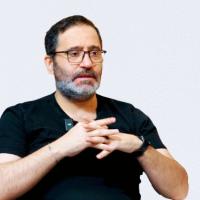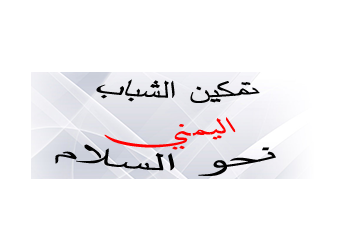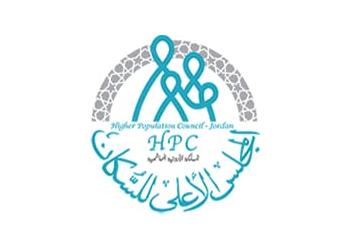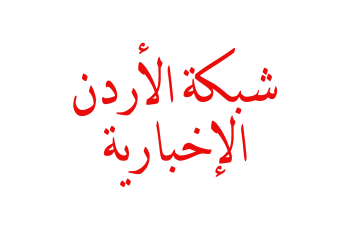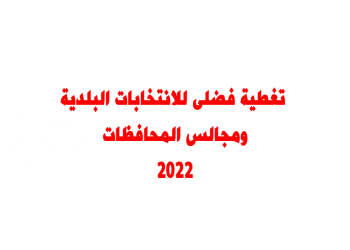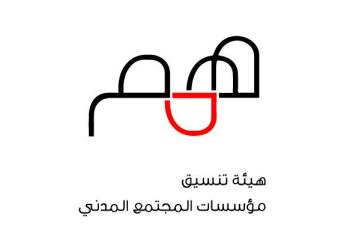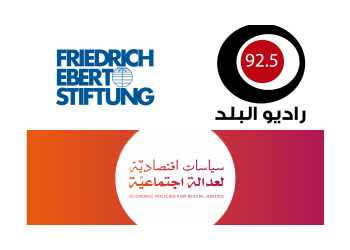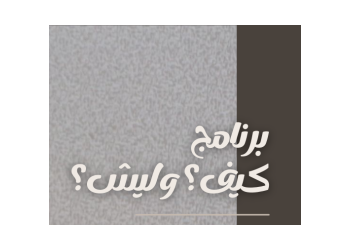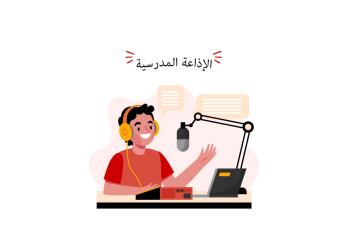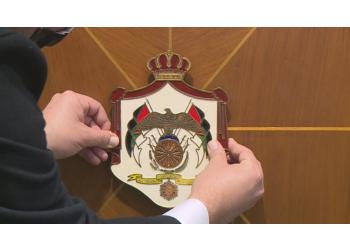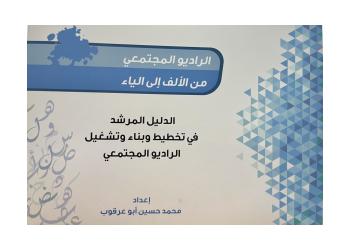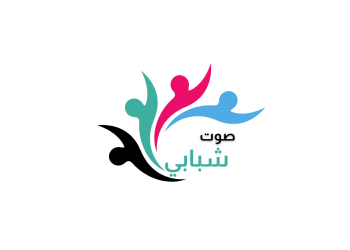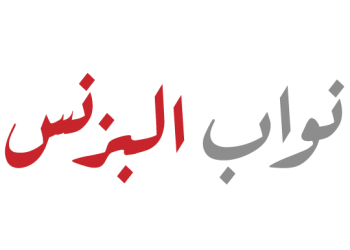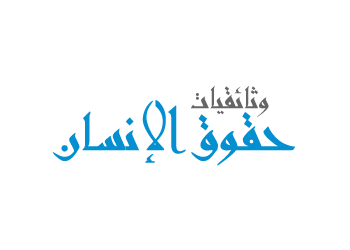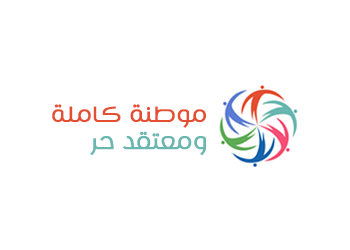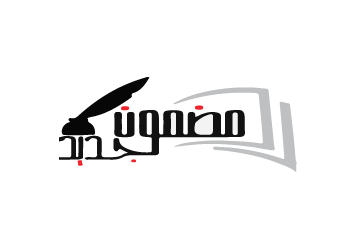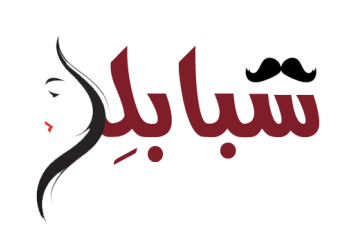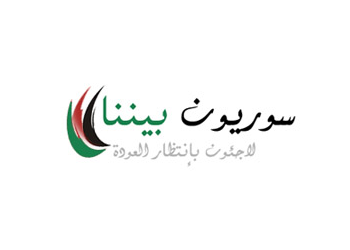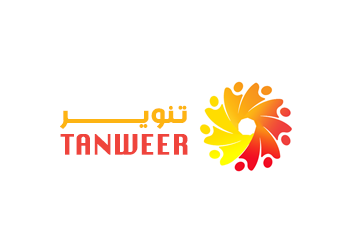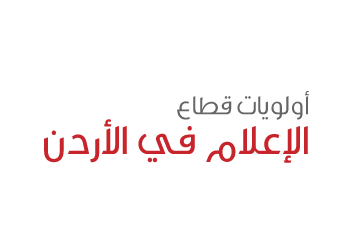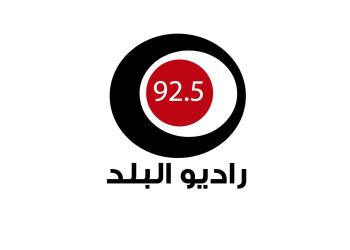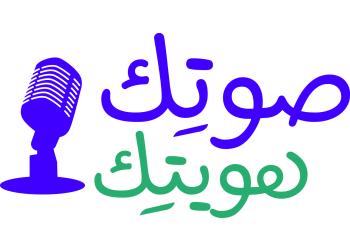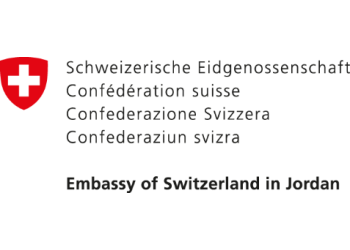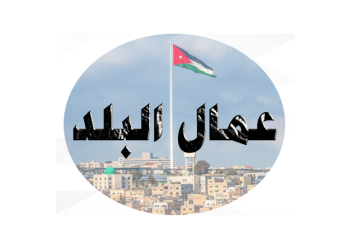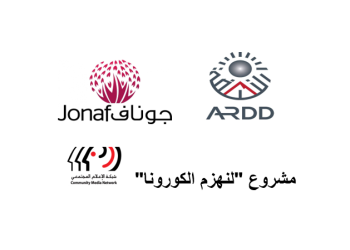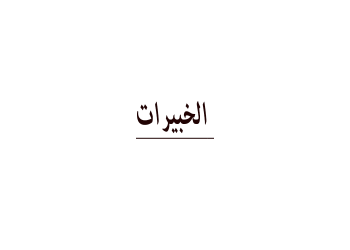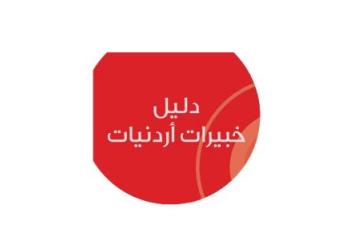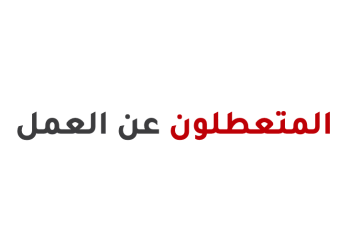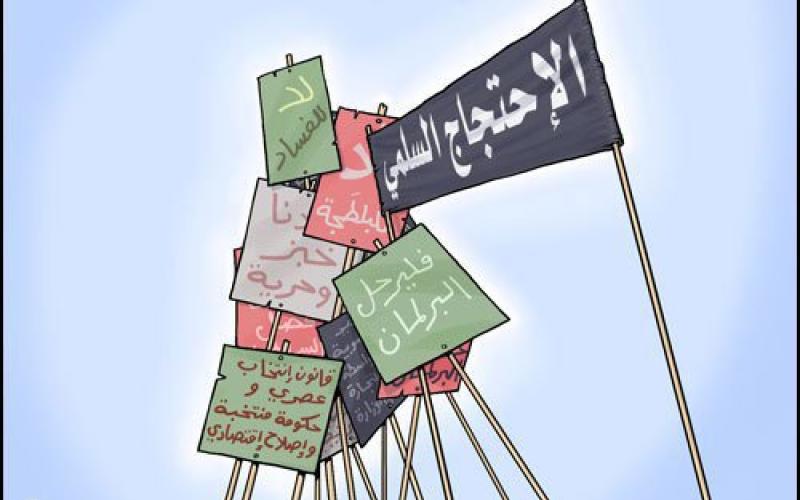
More than 20 political objects work on earth Protests have spread regardless with their forms (demand or political) to cover all sectors in the kingdom and to hit unprecedented areas that used to be considered as forbidden. Some of these areas are represented in the governmental universities and newspapers loyal to the government in addition to traditional tribes who tried to obtain material earnings on ground. Protesting infection managed to create new political objects in the arena the most prominent among which were Jayeen movement, the national association for change, youth for change, and labor movement for change who called for reforms in the presidency of laborers union. Other political powers abused the high demand ceiling to shed light on old demands like the Constitutional Monarchy Initiative that formed a follow up committee, and the 1952 constitution revival. More than 20 political objects work on earth The actual workers on earth, if we excluded the demanding protests, are 26 political objects as follows: Democratic Youth Union, Jordanian Professional Unions, National Democratic Current, National Committee for Reform, Jak Group, Social Left Group, National Arab List, Jordanian Circassian Youth Gathering, National Jordanian Initiative, Jordanian Writers Guild, Jordanian Philosophic Association, Socialist Thought Forum, Anti-Zionist and Racism Association, National Committee for Teachers Union, National Committee for Retired Military men, Jayeen Movement, Higher Coordinative Committee for Opposition Parties (7 parties), National Association for Change, Thabahtoona Campaign, Bread & Democracy Campaign, National Committee for Royal Constitution Follow Up, Day Laborers Committee, Youth for Change Movement, and Laborers Movement for Union Change & Reform. Some workers on these political objects do not hesitate to express their upset of the large number of demands and their variety. Social Left Movement member Mahdi Saafin has told AmmanNet that the political power has managed to divide opposition due to this number of political slogans as the government dealt with each side according to its slogan in an attempt to empty the political movement from its content. Saafin explained the reason behind having all these political objects by saying that there is no active political leadership across the border. The current political leaderships did not reach the needed level of political maturity on a national Jordanian front in a way that determines one or two slogans as clear demands, he added. New political powers established Political activist Sufian Al-Tal, in his turn, explained the reason that led him among 130 political figures to establish the National Association for Change and to avoid joining the already established movements, by disagreement with certain agendas of other sides. Al-Tal called on all the national powers to maintain the national line the association declared in its articles of association as it has raised unanimity issues. The articles of association of the National Jordanian Association for Change mentioned that forming a new national reference that is inspired by the constitution in its original text and working on developing it in a way that goes along with the public demand in a real democratic life should be based on activating the public election of the parliament as well as the devolution of power. The articles of association were also inspired by the parliamentarian experience of 1956 and the developed events since that time. Jayeen Movement, the return to 1952 institution The demands of the National Association for Change meet with those of JAyeen Movement in what has to do with reconsideration of the 1952 constitution and forming governments. The movement that had a sit-in in front of Raghadan Royal Palace has called for reconsideration of the legislative authority by referring to the ruling authority in the Hashemite Kingdom of Jordan as a Deputy-Royal authority where the trusteeship belongs to the parliament regularly with a permanent election law as the work of such is 4 whole years without any powers to prolong or shorten in addition to a no one’s power to dissolve the parliament. Mohammad Sneid, the spokesman of the movement, said that his movement calls for forming ministries based on parliamentarian democracy principle according to certain mechanisms just as things were during the 1952 constitution and before tens of amendments take place, not to mention anti-corruption and reestablishing the ministry of supply. Reviving demands for Constitutional Monarchy The follow up committee for the Constitutional Monarchy initiative goes for more than calling for reforms as it has called for reformulating the social contract between the people and the ruling authority via constitutional reforms that make of the king a head of the country, not a president of the authorities. The Constitutional Monarchy thinks that the people of the kingdom have the right to monitor the executive authority. It also suggests that both the upper and the lower houses should be elected by the Jordanian people according to set constitutional conditions as they both are on their own in addition to guaranteeing the principle of separated authorities. This initiative called for a smooth and gradual transfer from the ruling authority to the Constitutional Monarchy as a future path for the kingdom and a guarantee to the safety and stability of its people.

